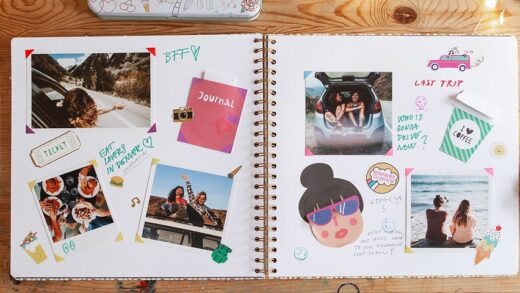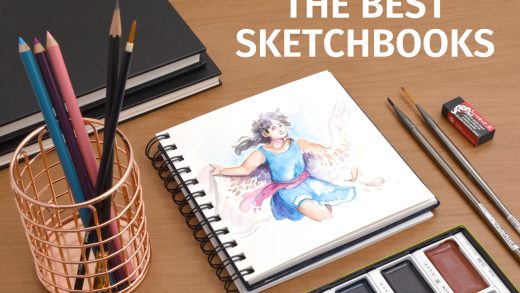Beginner’s Guide to Painting
Painting is an activity and the ability of artists to express themselves through art. But the truth is that painting is more than just their ability to tell a story on canvas. Painting is also an activity that can provide artists with numerous benefits that can improve their health and well-being. So, if you’re interested in painting and want to express yourself while improving your overall quality of life, you should follow some of the most basic steps that will help you get started.
Contents
Get Familiar with the Basics of Art
The first step towards becoming a true artist is to understand the basics of it. In the end, you can practice painting for years, but if you aren’t familiar with the fundamentals of art, and you don’t know which medium to use when needed, you won’t be able to improve. And, the goal of any artist is to become better with each painting he paints, so getting to know the basics of art is key for you to become a good artist.
That being said, first, you should get familiar with colour, composition, technique, compositions and brushwork. For instance, it is quite important for you to know when to use a certain type of colour and which brushes to use for it. Speaking of colour, you should also understand the three important terms that come with it, which are: hue, saturation and value.
For instance, hue refers to where a colour is located on the colour wheel, where red, green, yellow and blue are considered the basics. Saturation refers to how rich and intense the colour is, and value refers to how light or dark the colour is. Understanding all of these terms will help you become better at your work and become a pro at mixing and matching different hues.
Decide On What Paint Is Best for You

This is maybe one of the most challenging things an artist can do because the painting’s longevity depends on it. Discovering the world of painting is easy with the array of artist paints available on the market. From acrylic and oil to watercolour and chalkboard paints, you have all the freedom in the world to pick the ones for your first painting.
All of them come in a selection of shades and finishes which is just another thing you should give a thought to. In the end, your first painting deserves to end in the hands of a loved one, and this is a really thoughtful gift idea through which you can show them your love and appreciation.
Oil
Getting back on paint, you should know that oil paintings seem to work magic on prepared canvas or board because of the oil in their core. The lovely buttery consistency will help you create perfection in painting and their ability to be blended is simply breathtaking. They are the winner in this category since they can blend smoothly to obtain the needed shade. The only downside they have is the slow drying time, however, it pays in the long run.
Acrylic
Acrylic paints are one of the most commonly used types of paints by beginners because they allow for being used on everything from paper and cards to canvas and boards. They are water soluble but water-resistant when dried and they are known for their quick drying time. Acrylic colours are also easy to mix with other hues, but their downside is that they are difficult to blend because of their fast drying time.
Watercolour
If you are more into translucent colours, then you should certainly consider the idea of trying watercolour paint. Keep in mind that with watercolours you cannot be as precise as with acrylic and oil paints, and they aren’t the proper option for building up.
What Type of Paint Do Most Artists Use?
The most commonly used types of artist paints are oil and acrylic for sure. Even though they are quite different, still they are perfect for being able to achieve the needed colour, contrast and finish.
Stock On the Right Painting Supplies
Once you decide on and buy paint suitable your first project, it is time to stock on the right supplies. When it comes to choosing the right brushes, you should know that they depend on the medium you have chosen. The next thing you should buy is an easel to hold your painting, a palette for mixing the colours, palette knives for adding texture to your painting, solvent when using oil paints, and a paper towel for wiping your brushes.
Find Inspiration and Start Painting
When looking for inspiration, you have all the freedom in the world to look everywhere. Look for one in the every day life, the parks, streets, seas, etc. You can always look at the paintings of your favourite artists as a source of inspiration. By doing this, you will also learn more about mixing colour, new techniques and methods.
Once done, you’ll be ready to start your own painting journey. It is of vital importance for you not to rush. Stay calm and take your time. In the end, you are just a beginner who is starting a completely new phase of life, so don’t rush anything.

















